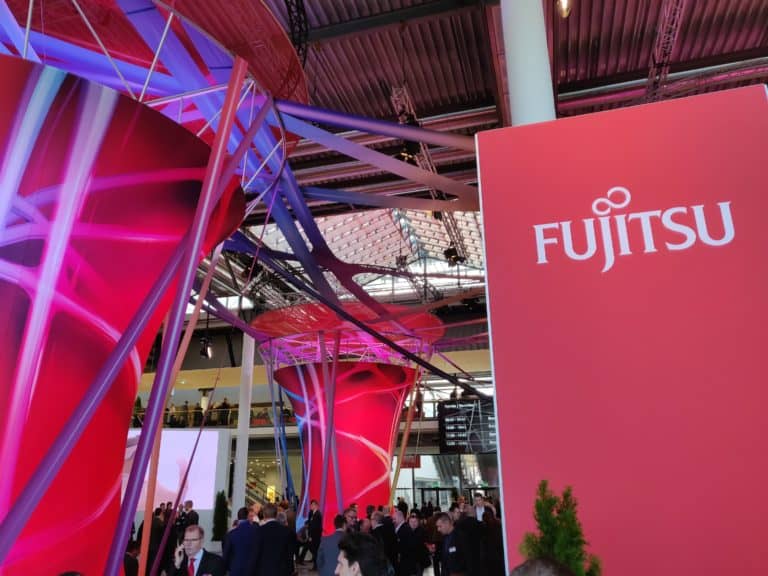Fujitsu reports that the company’s PalmSecure technology, which can biometrically identify individuals, will be upgraded. With this technology, passwords are no longer needed to identify users.
The latest version is now available in Europe, the Middle East, India and Africa. The four components on which the technology is based are called: Biometric Authentication Palmsecure ID Engine, which functions as the main module in combination with a user database; ID Gatekeeper, which recognizes the vein patterns in hands for access control to physical spaces; ID LifePass, a solution with an API for the integration of PalmSecure in software and hardware environments; and ID Login V2, which allows thin and fat clients to work with this biometric technology. The technology can therefore function as access control on buildings, for example, but also on all kinds of devices or to gain access to a network.
PalmSecure, the name says it all, works by reading veins in the palm of the hand. In a similar way to fingerprints, these veins are unique to everyone and thus provide a unique identifier. However, Fujitsu has investigated some of these biometric identifiers, including fingerprints and iris scanners, showing that these methods can be vulnerable to counterfeiting and theft. Hygiene is also a factor that is taken into account, for example in the case of fingerprints that logically leave bacteria on scanners.
Operation
The PalmSecure system uses technology that works through image recognition, combining Fujitsu’s expertise with the knowledge of BioSec Group Ltd. The unique characteristics of the wire patterns make it possible to create a template for each user that is recognized by an algorithm with high accuracy. The false acceptance rate, i.e. the system’s margin of error in terms of incorrect admission, is only 0.00001 percent. The false rejection rate, the margin of error in terms of incorrect refusal, is only 0.01 percent. With a chance of one in ten million and one in ten thousand, respectively, this can be called a high degree of accuracy.
This news article was automatically translated from Dutch to give Techzine.eu a head start. All news articles after September 1, 2019 are written in native English and NOT translated. All our background stories are written in native English as well. For more information read our launch article.